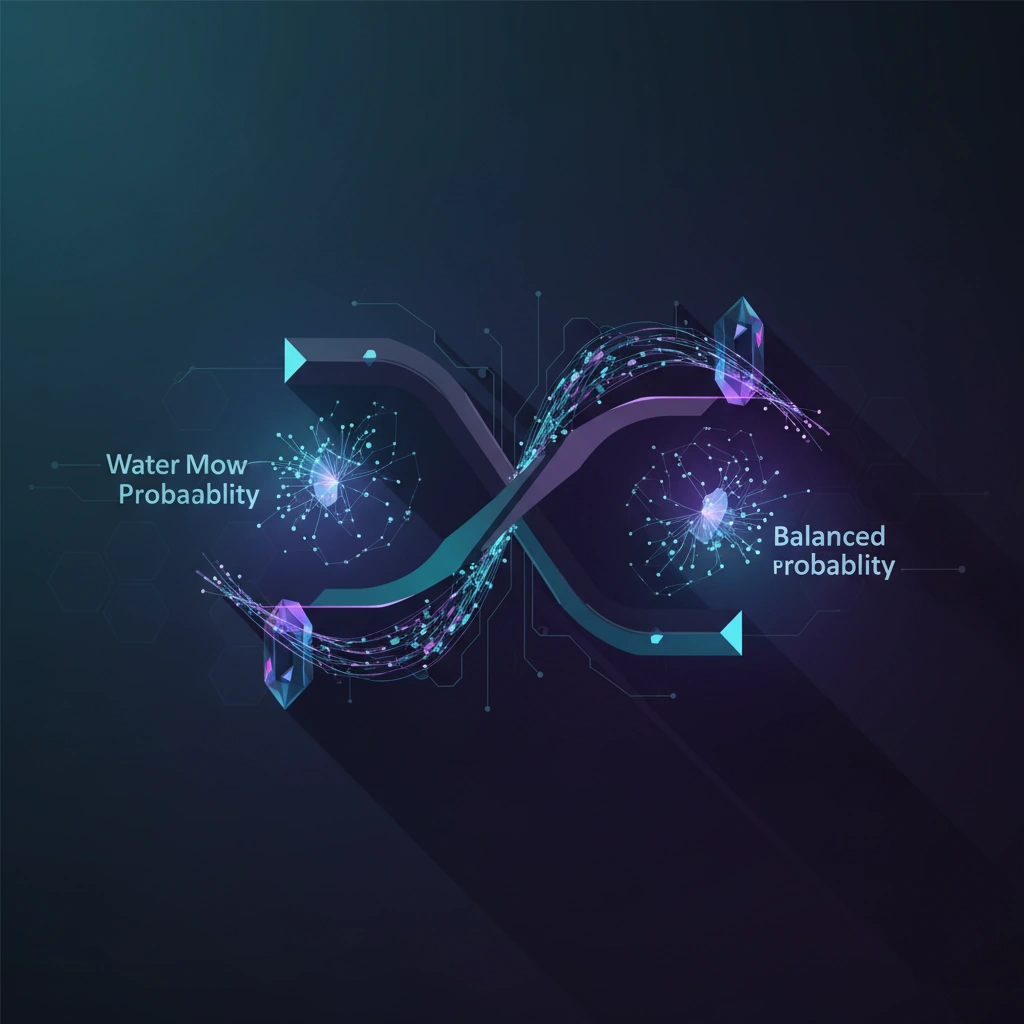WaterMod: New Token-Rank Method for Balanced LLM Watermarking
Researchers introduce WaterMod, a modular token-rank partitioning approach that improves LLM watermarking by maintaining probability balance across model outputs, enhancing detection while preserving text quality.

As large language models become increasingly sophisticated at generating human-like text, the need for reliable watermarking methods has never been more critical. A new research paper introduces WaterMod, a novel approach to LLM watermarking that addresses fundamental challenges in detecting AI-generated content while preserving output quality.
The Watermarking Challenge
Traditional LLM watermarking methods face a persistent trade-off: making watermarks detectable enough to identify AI-generated text while maintaining the natural quality and coherence of the output. Most existing approaches modify the token sampling process by partitioning the vocabulary into groups, then biasing selection toward specific groups to embed a detectable signal.
However, these methods often struggle with probability imbalance—when the total probability mass differs significantly between token groups. This imbalance can degrade text quality or reduce watermark detectability, particularly in specialized domains or when generating content with constrained vocabulary.
WaterMod's Modular Approach
WaterMod introduces a modular token-rank partitioning strategy that fundamentally rethinks how tokens are grouped for watermarking. Rather than partitioning tokens by their actual probability values, the method ranks all possible tokens at each generation step and partitions them based on these ranks.
The key innovation lies in its modularity: tokens are divided into groups where each group contains tokens at regular rank intervals. For example, with a modulus of 2, even-ranked tokens go into one group while odd-ranked tokens go into another. This ensures that regardless of the underlying probability distribution, the groups maintain balanced total probabilities.
Technical Implementation
At each token generation step, WaterMod performs the following operations:
1. Rank Calculation: All tokens in the vocabulary are sorted by their probability scores assigned by the language model, creating a ranked list from most to least likely.
2. Modular Partitioning: Tokens are assigned to groups based on their rank modulo a chosen partition size. With a modulus m, token at rank r is assigned to group r mod m.
3. Group Selection: A pseudorandom function, seeded by the context and a secret key, determines which group to sample from for the current token.
4. Token Sampling: A token is sampled from the selected group according to the renormalized probability distribution within that group.
Probability Balance and Detection Performance
The rank-based partitioning naturally achieves probability balance because ranks distribute evenly regardless of the shape of the probability distribution. When tokens are ranked from highest to lowest probability and divided by modular arithmetic, each group captures a similar fraction of the total probability mass.
This balance has two crucial benefits: the watermark doesn't significantly distort the text generation process, maintaining output quality, and the statistical signal remains consistent across different contexts, improving detectability.
The research demonstrates that WaterMod achieves detection rates comparable to or better than existing methods while showing improved robustness across varied text domains. The modular structure also provides flexibility—different modulus values can be chosen to balance between watermark strength and text quality based on application requirements.
Implications for Digital Authenticity
WaterMod's approach has significant implications for verifying AI-generated content across multiple domains. Unlike watermarks that can be easily disrupted by paraphrasing or translation, rank-based watermarking maintains detectability even when text undergoes minor modifications.
For applications requiring content authentication—from educational platforms detecting AI-written essays to news organizations verifying article provenance—the probability-balanced approach offers a more reliable foundation. The method's mathematical grounding in rank statistics provides theoretical guarantees about detection rates and false positive probabilities.
Open Questions and Future Directions
While WaterMod represents an advance in LLM watermarking, several challenges remain. The method still requires access to the model's full probability distribution over tokens, limiting applicability to API-only models. Additionally, adversarial attacks specifically designed to disrupt rank-based watermarks warrant further investigation.
The research also opens questions about optimal modulus selection for different use cases and whether adaptive modulus schemes could further improve performance. As language models continue to evolve, watermarking methods must balance effectiveness, robustness, and minimal impact on model capabilities.
WaterMod's modular token-rank partitioning offers a mathematically principled approach to a critical challenge in AI content authentication, providing practitioners with a new tool for maintaining digital authenticity in an era of increasingly capable generative models.
Stay informed on AI video and digital authenticity. Follow Skrew AI News.



